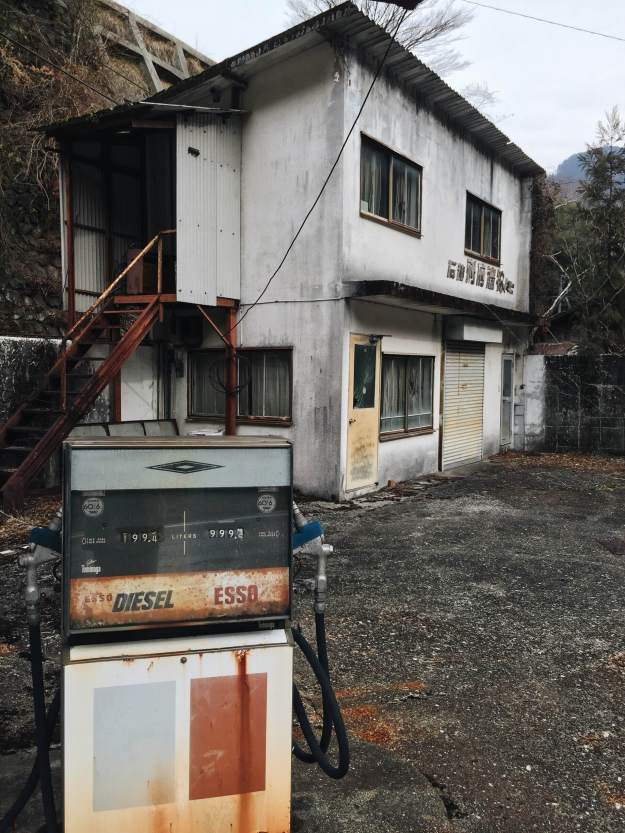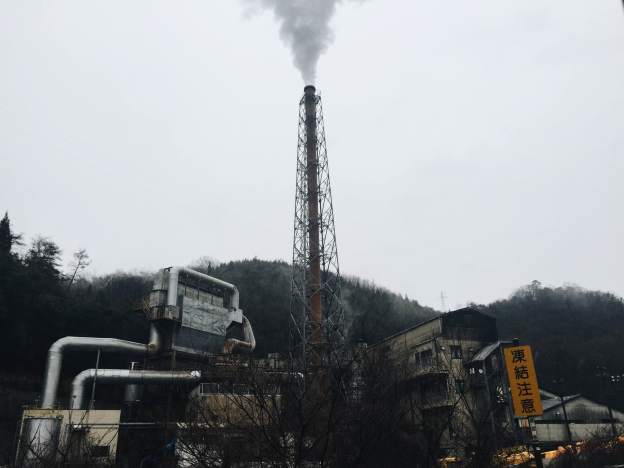 When I first saw the streets of Ho Chi Minh it looked like chaos. They were brimming with motorcycles and the few cars on the road were taxis. If a signal turns red on a busy street the three or four cars that stop will quickly be engulfed by a tide of motorcycles.
When I first saw the streets of Ho Chi Minh it looked like chaos. They were brimming with motorcycles and the few cars on the road were taxis. If a signal turns red on a busy street the three or four cars that stop will quickly be engulfed by a tide of motorcycles.
One of the reasons for so many bikes is the lack of public transportation. Imagine every person in a modern city who takes the bus, subway, skytrain etc. during rush hour was instead riding a motorcycle. That is what the streets of Ho Chi Minh look like. On any given motorcycle trip you will see a number of different types of people. There are the tiny women dressed in nice business clothes, a dirty labourer towing a trailer laden with building materials, a boyfriend with his girlfriend daintily sitting sidesaddle with her legs crossed, and people hauling anything imaginable strapped to their bike. The most jaw-dropping site however are the families of three and sometimes even four, who squeeze together and fit on the tiny seat of the motorcycle. If they are particularly ambitious they will place a baby in the lap of the driver. While their parents do, children inexplicably rarely wear helmets. Why? This is logic I am unable to grasp.
Switching gears to the adorable, it is also common for motorcyclists to ride with a pet dog in their lap with their tiny paws resting on the handlebar. When Vietnamese people sell older dogs they will advertise the dog is motorcycle trained. I noticed all this while riding passenger as my girlfriend expertly drove through the busy streets of the city. It was not until I got behind the wheel of the bike myself that I began to understand the intricacies of driving a motorcycle in Ho Chi Minh.
My girlfriend and I had spent a few days in a coastal resort town called Mui Ne. We rented motorbikes and I was able to learn how to drive on its relatively quiet streets. When we got back to Ho Chi Minh I felt that I was ready to try my luck on its bustling roads. After cruising the backstreets around her apartment a few times I dared to enter the busy main road. I hesitantly urged the bike towards the corner and the torrent of motorcycles. I eased it up to the corner, saw an opening in the flow of traffic and accelerated quickly. My bike pulled into the road and I was off. I kept a steady pace and cruised along happily in the left lane. This is easy I thought! A loud honk snapped me out of my daze. I looked behind me and a large taxi was bearing down on me rapidly. I quickly veered into the right lane and the taxi blew by me. In an instant I learnt two important rules for driving a motorbike in Ho Chi Minh. The 1st rule is to watch out for Taxis, or stay in the left lane. As I settled into the right lane after almost being pancaked by a taxi I realized motorbikes tended to stay in this lane. In the right lane I could ride at any speed and I would be fine. Faster motorbikes would pass me and I could pass slower traffic. The left lane is reserved for fast moving taxis and speed demon motorbikes and unless you are committing to a pass stay in the right lane.
The 2nd rule is the horn is your best friend. In Canada I would use my horn to avoid an imminent collision or to vent frustration at being cut off. In Ho Chi Minh the horn would be used for that and everything else. The horn is constantly used to communicate with other riders and pedestrians. When I hear a horn in North America I hold my breath waiting for a crash. In Ho Chi Minh the horn becomes an endless component of the ambient music of the city. The most common use of the horn occurs when passing. It can be a friendly way of letting the other driver know where you are, or an aggressive way to demand the right of way. Riders are constantly passing and jocking for position and the horn ensures this is a relatively safe experience. As long as you stay straight and keep a consistent speed you will be okay.
The 3rd rule I learnt was: go with the flow. Driving a motorbike in Ho Chi Minh is not nearly as intimidating as I initially thought. The best description I can offer is it is like jumping into a river with different sized fish. As soon as I pulled onto the busy road I was swept away in the flow of a very busy river. My advice to anyone trying to ride in Ho Chi Minh’s busy streets or a city like it is to go at your own pace. You will encounter a grandma lazily peddling a bicycle amongst the flow of motorcycles. She sets the precedent-any speed is ok. Just stay in the right line, drive straight, use your horn when passing, and do your best to drive faster than the grandma on a bicycle.
After driving around for a while and nearly getting lost after getting stuck on a one-way street I was ready to head home. Before entering the safety of my girlfriend’s quiet neighborhood I had to complete a left turn. This particular left turn had no turn signal and a constant stream of on-coming traffic, an exceptionally common circumstance in this city. After riding on the back of a bike for a while I knew that I had to ease my bike into the flow of traffic and let the bikes avoid me. I took a deep breath and slowly accelerated into oncoming traffic. The bikes continued driving, narrowly missing me by swerving in front of and behind me. I remember thinking it was a miracle I wasn’t hit. Finally, I saw a gap and I throttled the bike forward zooming off the busy road into safety. My adrenaline was pumping and I felt seriously accomplished. I drove a motorbike on the crazy, hectic, not-as-dangerous-as-I thought streets of Ho Chi Minh.




 When I first saw the streets of Ho Chi Minh it looked like chaos. They were brimming with motorcycles and the few cars on the road were taxis. If a signal turns red on a busy street the three or four cars that stop will quickly be engulfed by a tide of motorcycles.
When I first saw the streets of Ho Chi Minh it looked like chaos. They were brimming with motorcycles and the few cars on the road were taxis. If a signal turns red on a busy street the three or four cars that stop will quickly be engulfed by a tide of motorcycles. I will never forget the time I saw a geisha in Kyoto. Liam and I were walking down the street at 1am. Off in the distance we heard the click-clack sound of wooden sandals against pavement. We looked up and saw a geisha approaching us. We laid our eyes on her and it was as if time had stopped at this location and it had never been 2016. For an instant we were taken back to the 18th century and the emergence of the geisha. She floated by us, our eyes meeting momentarily, her lips with the hint of a smile. gracefully she bowed her head and continued past. We let out our breath which we didn’t realize we were holding and reflected on a moment that we both realized would forever be imprinted in our mind.
I will never forget the time I saw a geisha in Kyoto. Liam and I were walking down the street at 1am. Off in the distance we heard the click-clack sound of wooden sandals against pavement. We looked up and saw a geisha approaching us. We laid our eyes on her and it was as if time had stopped at this location and it had never been 2016. For an instant we were taken back to the 18th century and the emergence of the geisha. She floated by us, our eyes meeting momentarily, her lips with the hint of a smile. gracefully she bowed her head and continued past. We let out our breath which we didn’t realize we were holding and reflected on a moment that we both realized would forever be imprinted in our mind.